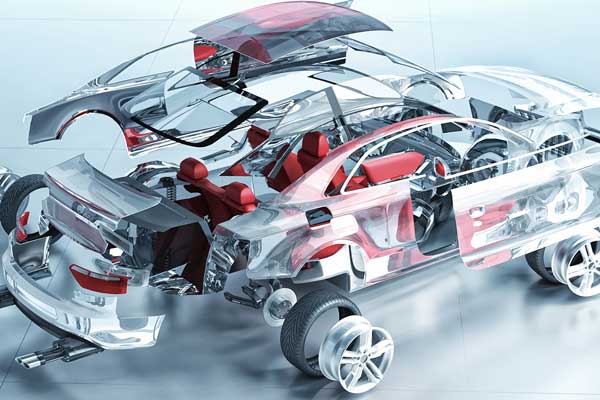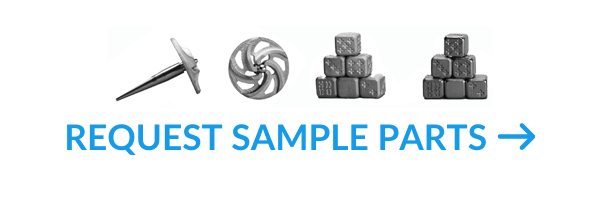How will metal AM get on the highway to full-production volumes in automotive?
The automotive industry and metal additive manufacturing (AM – also known as Metal 3D printing) have a deep and rich history together. Automotive was one of the earliest adopters of the technology with companies like General Motors buying into the promise of metal AM as early as 1992. The distinct advantages in rapid prototyping allowed this technology to quickly change the game by cutting down lead times from weeks and months to merely days for delivery of scaled down models and freshly designed parts. With metal AM’s success in rapid prototyping, the logical next step was to continue developing the technology and ultimately bring it into the fold of high-volume automotive manufacturing — over 25 years later and we do not seem to be any closer to high-volume metal AM production in automotive…. What went wrong? Does the technology need more time and investment, or has it simply reached its highest potential?
There are several critical reasons why we have not seen metal additive manufacturing take center stage in the mass production of automotive components. The inherent challenges are well defined by General Motors in their evaluation strategy dubbed CT-SAM. The strategy is used to help define the high-volume requirements of metal additive manufacturing and is an acronym for Cost and Throughput, Size, Accuracy, and Material. Let’s breakdown CT-SAM starting with the SAM factors.
Size (S) – small build sizes have long been the hallmark of metal AM due to various technical challenges across most processes including laser sintering and binder-jetting, just to name a few. Most parts in a car are larger than the build envelopes of current metal AM technology and this remains a major hurdle to widespread adoption of additive manufacturing in automotive production. Increasing the build size of metal AM parts in a cost competitive way will be a huge step in the right direction.
Accuracy (A) – this category broadly refers to the feature and geometry challenges in making a specific 3D printed part, but also covers surface finish. Current metal additive manufacturing technologies typically need some form of post-processing to achieve the desired surface finish required of a final production part. The surface finish issue boils down to the added cost of the post processing compared to traditional manufacturing.
Material characteristics (M) – when parts are added layer-by-layer in most metal additive manufacturing processes, the micro-structure is different than traditional manufacturing techniques and requires new standards and certifications by industry regulators to determine specific material properties, such as the scrutiny deployed by the FAA for airworthiness of aircraft components. The same challenges apply to the automotive industry as new metal AM techniques continue to emerge — can the governing bodies of the automotive industry settle on industry standards for how to test and certify AM parts as compared to traditional manufacturing, and can AM truly meet those standards consistently with large production volumes.
Cost and Throughput (CT) – what is gained in terms of initial production time with metal AM is usually countered with high costs of production. This technology might be able to make a newly designed part quickly, but the overall capital equipment cost of high-end machines makes the cost per part more expensive than traditional manufacturing at scale. Once traditional manufacturing has incurred the setup and tooling costs associated with a particular part, the large part volumes work out to be two orders of magnitude cheaper than their metal AM counterparts.
This paints a somewhat grim future for metal additive manufacturing in automotive as the technology currently exists, but only if you neglect to consider the potential opportunities in part design. The modern yardstick for metal additive manufacturing analyzes how well the technology can replicate existing parts that were designed around the limitations of traditional manufacturing techniques. If design tools are created and given to engineers which lift the manufacturing constraints of old and allow for the design of parts that are functionally superior and that can only be manufactured by using metal AM, then new doors may open.
There is little doubt that progress must continue across the SAM front and include new technologies that increase build size, address accuracy and surface finish costs, and also produce consistent and measurable material properties that are accepted by governing bodies. When these SAM advances are coupled with a meaningful adoption of AM design tools by automotive engineers creating previously impossible parts, the cost and throughput component may work itself out — metal additive manufacturing (AM) could then finally enter the on-ramp towards mainstream automotive production.
3DEO is very interested in automotive applications of metal additive manufacturing because its technology is uniquely positioned for the kind of high volume, low cost metal AM that will be required in the industry.



